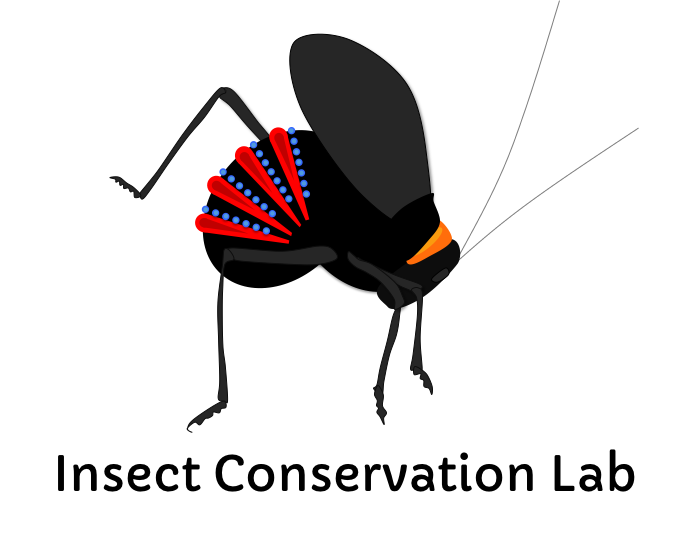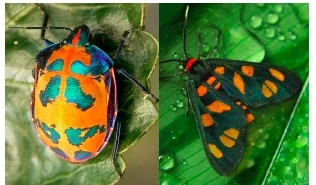We are part of a team that successfully secured an ARC Discovery project starting in 2019 which aims to account for variation in warning signals. The team is lead by Marie Herberstein (Macquarie Uni) and includes Nathan Hart (Macquarie Uni), Hannah Rowland (Max Planck), and Johanna Mappes (Uni of Jyvaskyla) and Kate!
Here is our 100 word summary:
Warning colours protect toxic prey from predators who learn to associate the colours with an unpleasant taste. Theoretically, warning colours should not vary, but in nature we find appreciable and unexplained variation. This presents a fundamental and unresolved biological problem - why do warning colours vary? This project will address this significant biological question by investigating how local environmental factors and predator communities affect warning colour expression across the Australian landscape. The project will utilise Australia's excellent environmental and biodiversity informatics infrastructure to inform the public and decision makers about the adaptability of animals to environmental change such as predator loss.
Harlequin bug, Tectocoris diophthalmus (left), tiger moth, Amata annulata (right).
Images from: Flickr.com and brisbaneinsects.com

